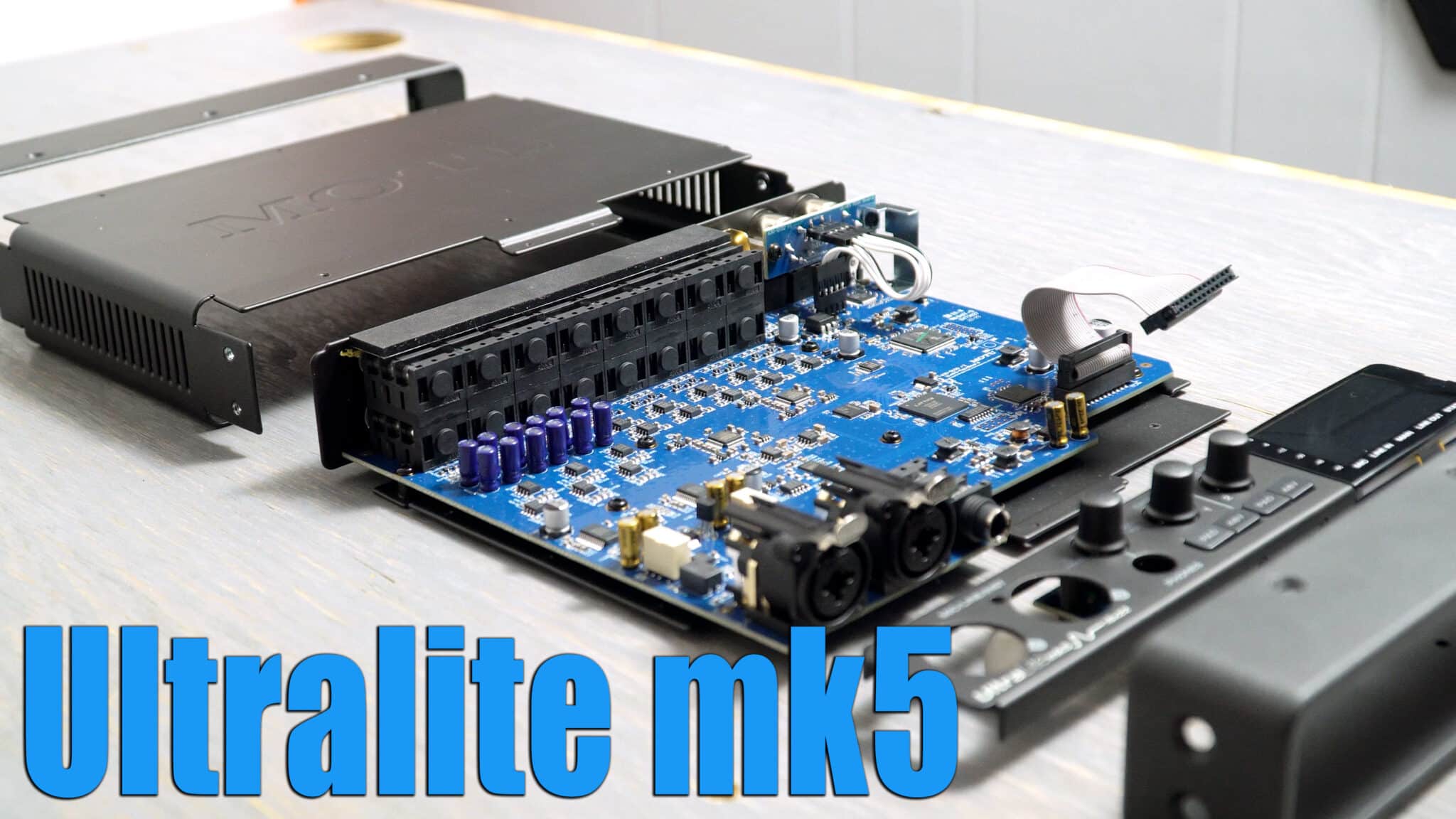Biblob
Addicted to Fun and Learning
- Joined
- Sep 13, 2018
- Messages
- 635
- Likes
- 603
If anyone has experience using the Ultralite MK5 as a MCH DAC on Windows, I'd appreciate if you could help me out with my MK4. I've made a separate thread for it.
Really? Can you post some links?I was looking at the different pictures of mk5 pcbs that are available on the net. I noticed they are of different revisions and parts varies.
FPGA chip could be Altera or Lattice. Some pictures missing electrolytic capacitors array next to the line input and OP amps are also different.
Just wondering if anybody else noticed this too and whether latest revisions are as good as the reviewed one.
These two articles displays r1.6 internalsReally? Can you post some links?


 www.dcsoundop.com
www.dcsoundop.com
Right, the main difference I see is "all ESS" instead of ESS+AKMThese two articles displays r1.6 internals
声卡领域的产业革命已悄然降临,这一切始于 MOTU UltraLite mk5 - Midifan:我们关注电脑音乐
声卡领域的产业革命已悄然降临,这一切始于 MOTU UltraLite mk5,midifan:我们关注电脑音乐m.midifan.com

MOTU UltraLite MK5 звуковой интерфейс
MOTU UltraLite MK5 – профессиональный звуковой интерфейс с двумя предусилителями, микшером и аппаратным DSPprosound.ixbt.com
This video shows r3 pcb

Mk5 Teardown • DcSoundOp
MOTU Ultralite mk5 teardown in 4k with data-sheets linked in the description and lots of hi-res angles of the electronics inside!www.dcsoundop.com
For the win? There is no reason to be sure of that.AKM for the win, which is what I have. So Julians measurements will not apply to the new revision.
An 8ch ADC in mono mode is obviously going to have a 3 dB noise advantage over a 4ch ADC. Apples to apples it would be 130 dB <-> 131 dB (8ch mono) or 127 dB <-> 128 dB (4ch mono).To be fair, it's mainly because there are 2 x ESS ADC compared to 1 x AKM ADC because the AKM in mono mode can reach 130dB dynamic range, ESS reaching 128dB
Right, and it would not be hard to just let picking the filter you want to use. It's there in DACs with ESS chip, so they could do that with audio interface too. It's just one more line in the menuAn 8ch ADC in mono mode is obviously going to have a 3 dB noise advantage over a 4ch ADC. Apples to apples it would be 130 dB <-> 131 dB (8ch mono) or 127 dB <-> 128 dB (4ch mono).
With datasheet numbers for DR being that close, the difference in practice is anybody's guess. Which filter setting they are using on the ESS would be the more interesting question. Minimum phase fast rolloff perhaps? I am still not 100% happy with any of them as they tend to be either super flat with so-so stopband rejection or vice versa, but a lot of them would be a substantial improvement over the potato-level AK55xx filters at 48k/96k in particular.
Are you sure to have set the optical output as Toslink/SPDIF? it might be set as ADATDoes anyone have any experience using the Toslink as input? I connected my Topping BC3 via a Toslink cable with the Motu, but when I started sending music to the BC3, the Motu blasted white noise through killing my ears. I read somewhere about misalligned clocks, but selecting optical as the clock source, it doesn't lock the clock while the BC3 is connected or disconnected. I have an MK4 btw.
Yeah I did, so that's not it unfortunatelyRight, and it would not be hard to just let picking the filter you want to use. It's there in DACs with ESS chip, so they could do that with audio interface too. It's just one more line in the menu
Are you sure to have set the optical output as Toslink/SPDIF? it might be set as ADAT
